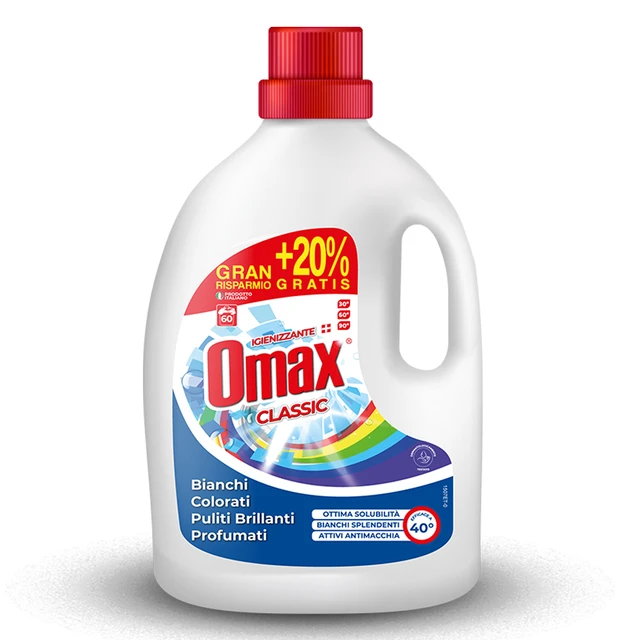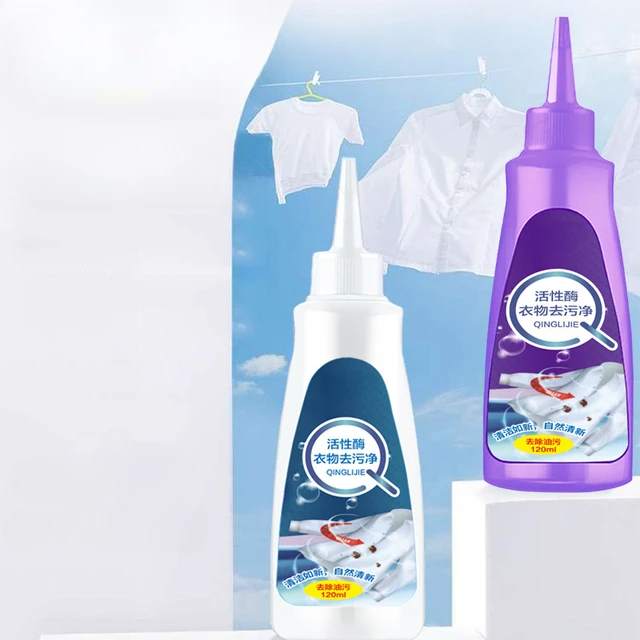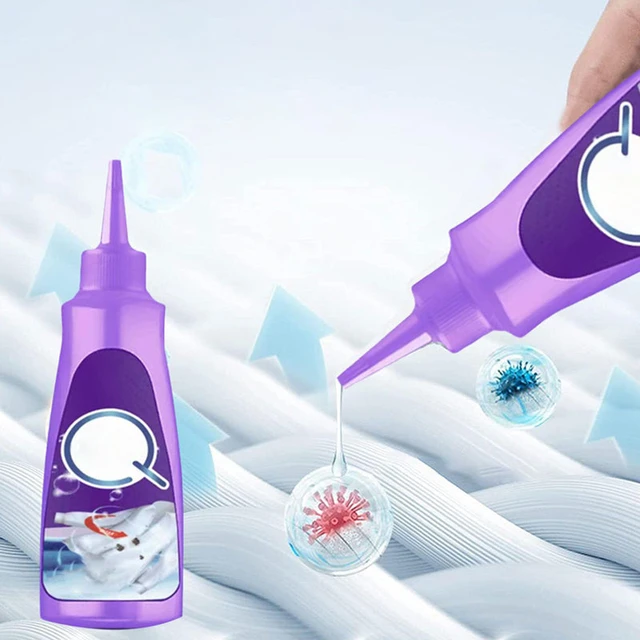 Introduction:
Introduction:
Laundry detergent is a common household product used to clean clothes. However, for some individuals, using certain laundry detergents can result in an allergic reaction known as hives. Hives, also called urticaria, are raised, itchy welts that appear on the skin. In this comprehensive guide, we will explore the causes, symptoms, and potential solutions for hives caused by laundry detergent. By understanding these aspects, individuals who experience hives can take appropriate steps to prevent and manage this allergic reaction.
 Causes of Hives from Laundry Detergent
Causes of Hives from Laundry Detergent
Allergens in Laundry Detergent:
Certain ingredients in laundry detergents, such as fragrances, dyes, enzymes, preservatives, or surfactants, can trigger an allergic reaction.
These allergens may come into contact with the skin when wearing clothes washed with the detergent.
Sensitivity and Pre-existing Allergies:
Some individuals may have a heightened sensitivity to specific ingredients in laundry detergents, making them more prone to developing hives.
People with pre-existing allergies or sensitivities to other substances may be at a higher risk of developing an allergic reaction to laundry detergent.
 Symptoms of Hives from Laundry Detergent
Symptoms of Hives from Laundry Detergent
Appearance of Hives:
Hives appear as raised, red, or pink welts on the surface of the skin.
They can vary in size, shape, and distribution and may be surrounded by an area of inflammation or redness.
Itching and Discomfort:
Hives are often accompanied by intense itching or a burning sensation.
Scratching the affected areas can worsen the symptoms and potentially lead to further skin irritation.
Swelling and Inflammation:
In some cases, hives can cause localized swelling and inflammation in addition to the raised welts.
This swelling may occur in the immediate area of the hives or spread to other parts of the body.
 Solutions for Hives from Laundry Detergent
Solutions for Hives from Laundry Detergent
Identifying the Culprit:
If hives occur after using a particular laundry detergent, the first step is to identify the specific detergent responsible for the allergic reaction.
This can be done by reviewing the ingredients list of the detergent and comparing it to other detergents that have not caused an allergic reaction.
Switching to Hypoallergenic Detergents:
Hypoallergenic detergents are formulated to be less likely to cause allergic reactions.
Switching to a hypoallergenic detergent may reduce the risk of developing hives or other allergic reactions.
Avoiding Fragrances and Harsh Chemicals:
Opt for fragrance-free or dye-free laundry detergents, as fragrances and dyes are common triggers for allergic reactions.
Look for detergents that are free from harsh chemicals or additives that may cause skin sensitivity.
Using Rinse Cycles and Extra Rinsing:
By using an extra rinse cycle or running an additional rinse, you can help remove any residual detergent from clothes.
This can reduce the contact of allergens with the skin and minimize the risk of developing hives.
Consulting a Healthcare Professional:
If hives persist or worsen despite using hypoallergenic detergents or taking preventive measures, it is advisable to consult a healthcare professional for further evaluation and guidance.
A healthcare professional can provide appropriate diagnosis, recommend allergy testing, and suggest suitable treatment options.
Alternatively, you can avoid allergic reactions to laundry detergent by making your own laundry detergent.
Simple recipe:
To avoid allergic reactions to commercial laundry detergents, you can try making your own homemade laundry detergent using natural ingredients. Here’s a simple recipe:
Ingredients:
1 cup of washing soda
1 cup of borax
1 bar of grated castile soap
Optional: essential oils for fragrance (e.g., lavender, lemon)
Instructions:
Grate the bar of castile soap using a cheese grater or food processor until you have fine flakes.
In a large bowl, combine the grated soap, washing soda, and borax. Mix well until all the ingredients are evenly distributed.
If desired, add a few drops of your preferred essential oil to give the detergent a pleasant fragrance. Stir to incorporate.
Transfer the mixture to an airtight container for storage. Use a measuring spoon or scoop to portion out the homemade detergent for each load of laundry.
Usage:
For a standard-sized load of laundry, use 1-2 tablespoons of the homemade detergent. Adjust the amount based on the load size and level of dirtiness.
Additional Tips:
If you have particularly sensitive skin, you can omit the essential oils or choose ones that are known to be gentle and non-irritating.
It’s always a good idea to test the homemade detergent on a small, inconspicuous area of your clothing or fabric first to ensure compatibility.
Remember that homemade laundry detergents may not produce as many suds as commercial ones, but they are still effective for cleaning clothes.
By making your own laundry detergent using natural ingredients, you can have more control over the ingredients and potentially reduce the risk of allergic reactions. However, it’s important to note that individual sensitivities can vary, so it’s always a good idea to consult with a healthcare professional if you have concerns about allergies or skin reactions.
Conclusion:
Hives caused by laundry detergent can be uncomfortable and bothersome.To avoid allergic reactions when using laundry detergent, there are a few key things to keep in mind. First, carefully read the ingredients list on the detergent packaging and choose products that are free from harsh chemicals, dyes, and fragrances, as these are common allergens. Consider opting for hypoallergenic or fragrance-free detergents.
Additionally, be mindful of any personal sensitivities or allergies you may have. If you know you are allergic to certain ingredients, avoid detergents containing those substances. It may be helpful to conduct a patch test on a small, inconspicuous area of your clothing before using the detergent on a full load.
Proper rinsing is crucial to remove any residue that can cause irritation. Ensure that your washing machine provides sufficient rinse cycles or add an extra rinse cycle if needed. It’s also beneficial to run an empty cycle with hot water and vinegar periodically to eliminate any buildup in the machine.
Consider using a gentle or sensitive skin detergent specifically formulated for individuals with allergies or sensitivities. These detergents are designed to be milder and less likely to cause skin reactions.
Lastly, if you have severe allergies or sensitivities, wearing gloves while handling laundry, especially when using detergent, can provide an extra layer of protection.
By being mindful of the ingredients, choosing hypoallergenic options, properly rinsing, and taking precautions, you can minimize the risk of allergic reactions when using laundry detergent. If you experience persistent allergies or severe reactions, it’s advisable to consult a healthcare professional for further guidance.
